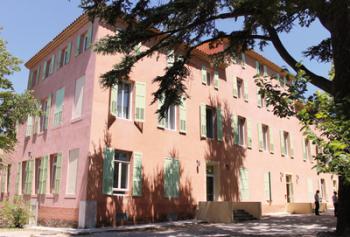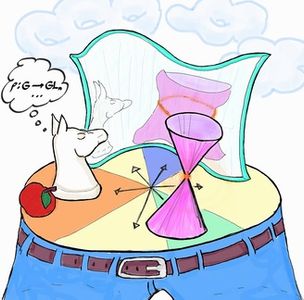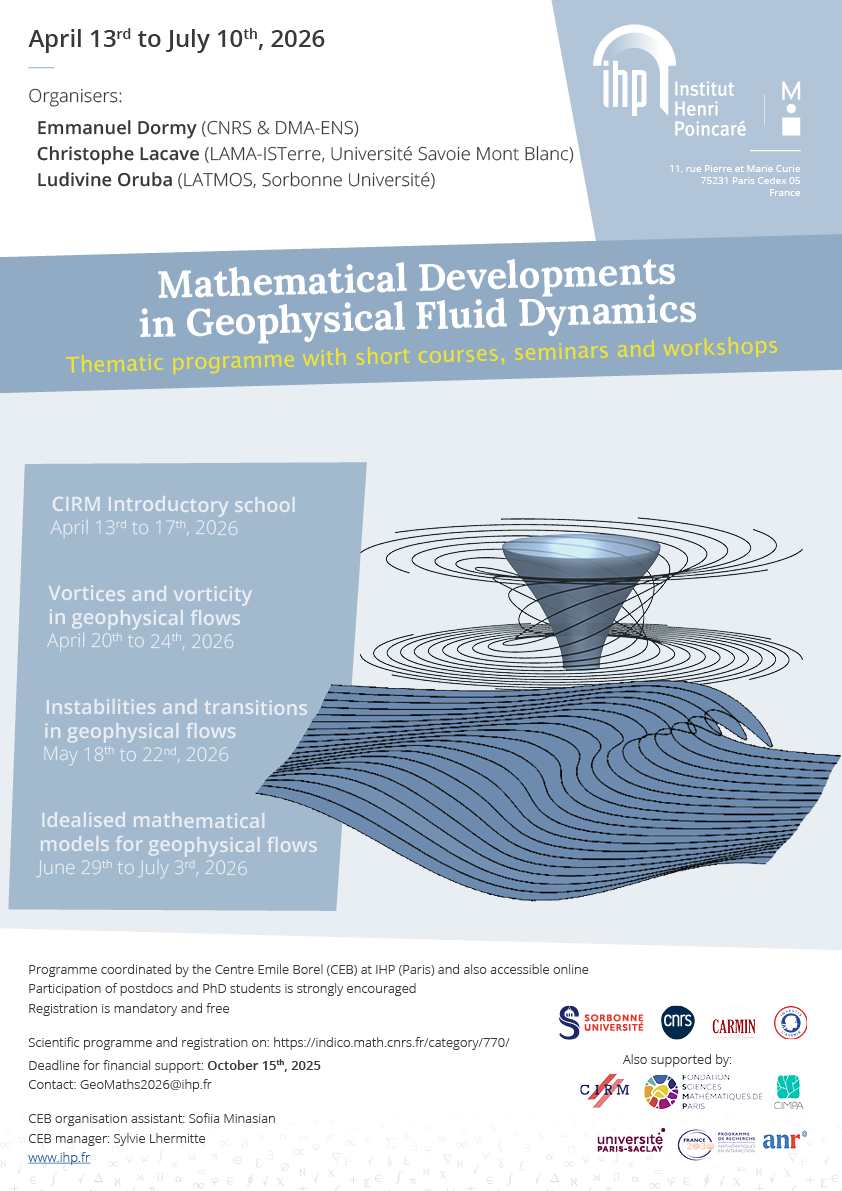Motivic Homotopy Theory: Connections and Applications
Date: 17 August - 18 December 2026
Location: Simons Laufer Mathematical Sciences Institute
Event type: Extended Format
Organisers: Aravind Asok (USC), Adrien Dubouloz (Bourgogne), Elden Elmanto (Toronto, Harvard), Daniel Isaksen (Wayne State), Paul-Arne Oestvær (Milan), Anand Sawant (TIFR), Kirsten Wickelgren (Duke), Maria Yakerson (Jussieu)
Motivic homotopy theory was developed at the end of the 20th century as a way to apply the “flexible” tools of algebraic topology to study “rigid” objects studied in algebraic and arithmetic geometry, i.e., algebraic varieties. The importance of the subject was solidified initially by their use in V. Voevodsky’s Fields medal winning solution to several conjectures of Milnor and the Voevodsky–Rost resolution of the Bloch–Kato conjecture on the norm residue homomorphism, and subsequently by numerous applications to the cohomology of algebraic varieties with their allied rich arithmetic structure.
After these initial successes, the subject has expanded its view. Tremendous progress has been made using motivic techniques in geometric questions for affine algebraic varieties, especially those involving algebraic vector bundles. Computations in classical algebraic topology have been improved by motivic techniques, e.g., related to the problem of computing homotopy groups of spheres. Moreover, the theory has identified new structures of interest in arithmetic situations. For example, arithmetic aspects of problems of classical enumerative geometry have been accessed using motivic techniques.
These problems are the proverbial tip of the iceberg, and transformative recent progress in motivic homotopy theory has only broadened the scope for potential applications of motivic techniques, as well as new avenues of interaction with other areas of mathematics. These include, but are not limited to, recent development in p-adic and classical Hodge theory, the geometry of torsors, mixed Tate motives and their periods, and the interaction of algebraic cycles with singularities. The subject is also undergoing exciting internal and foundational development, beyond its current focus on “A1-invariance.”
This program will build on the successes above, explaining the tools that have been developed and how to use them, analyzing questions of the sort described above and identifying new domains where motivic techniques will be successful.
Professor Oliver Röndigs (Osnabrück) has been appointed as a Clay Senior Scholar to participate in this program.
CMI Enhancement and Partnership Program
Related events
See all events
Knotted Surfaces in Four-Manifolds
Park City Mathematics Institute

p-adic Kudla Program and p-adic Automorphic Forms
CIRM

Representation Theory Under the Influence of Quantum Field Theory
Simons Laufer Mathematical Sciences Institute

Mathematical Developments in Geophysical Fluid Dynamics
Institut Henri Poincaré